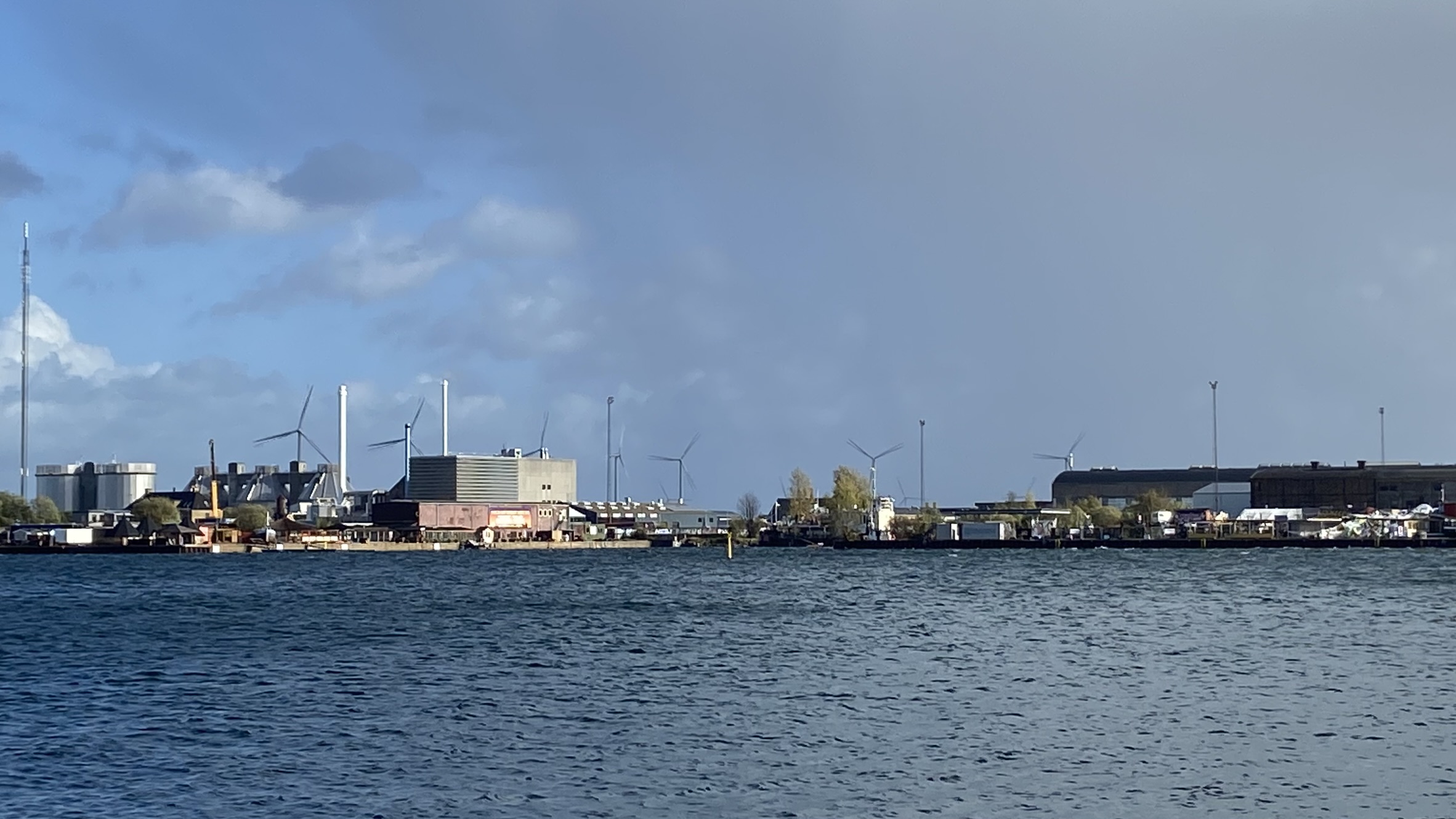The European right is gaining strength: Marine Le Pen has turned the Front National into France’s strongest party; Victor Orbán subdues Hungary and closes off the country’s borders against refugees; Heinz-Christian Strache’s Freedom Party of Austria—with their anti-foreigner rhetoric—obtained “fantastic” results; and Frauke Petry has already led the Alternative for Germany in some states to double-digit election results. Across the board, from Greece to Sweden, from Belgium to Poland, from Denmark to Italy, right-wing populist and radical right-wing parties have established themselves in national parliaments and in some countries even entered government.
The rise of the far right is a threat to the European community and European democracy. The question of the hour is, therefore, how we can effectively fight the right.
Thilo Janssen’s new study contributes to this undertaking. By focusing on the organizational structures of the European right, Janssen sheds light on the dangerous emergence of far-right parties and presents a “Who’s Who” of the political right within the European Union. He deals with the parties’ objectives, efficacy, and ability (or lack thereof) to form alliances. In what sectors is the right particularly strong? Why do they continue to gain in popularity? Is there a correlation between neoliberal economic policies and right-wing populism?
One thing is certain: If we want to stop the rise of the right, we have to decidedly counter their inhuman ideology and practice—with new ideas and new alliances.



